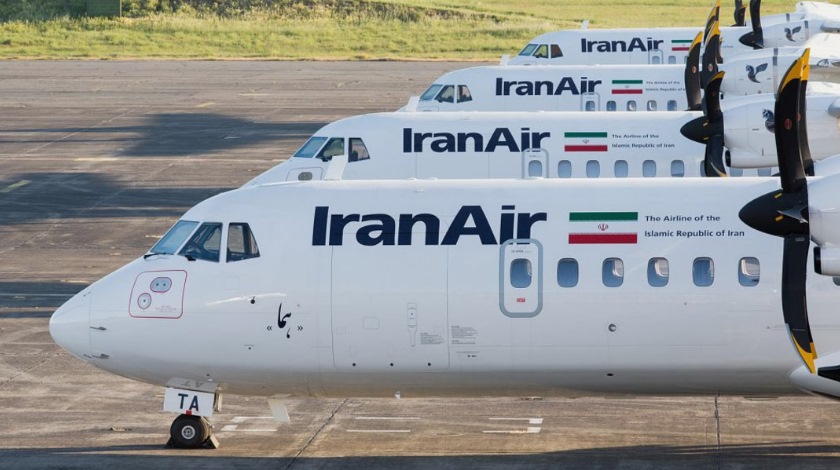Water cannons sprayed an Iranair Airbus 320 in welcome on its arrival in Belgrade today, marking the first flight from Tehran in 27 years in a sign of improved ties between Iran and Serbia.
The two countries had close ties until the early 1990s when former Yugoslavia, of which Serbia was a part, collapsed in a bloody war. Serbia backed its ethnic kin in Bosnia against Muslim Bosniaks and fought a counter-insurgency war in its own southern province of Kosovo against mainly Muslim Albanians.
Now, as Belgrade seeks to boost tourism and improve growth, it is reaching out to non-European markets to attract visitors from countries such as Iran, which Belgrade also sees as a target for agricultural exports, and Turkey.
Serbia introduced a visa free travel regime with Iran last August, after which the number of migrants from Iran rose from 120 in August to 480 in February, according to figures provided by Serbia’s Commissariat for Refugees.
Aid workers cautioned that flights from Tehran could be used by a large number of migrants seeking to leave Iran and move to Western Europe.
“Of course all positive things carry out their own risks,” Serbia’s minister for trade, tourism and telecommunication, Rasim Ljajic, told reporters. “Iranians used Belgrade as a transit (point) for their journey to the European Union.”
He said the two countries had agreed to step up measures to prevent illegal migration.
“On the Iranian side, control at the plane boarding will be increased,” Ljajic said. “We also agreed to establish a joint committee in order to be able to resolve problems more swiftly.”
Latif Shahi Methadi, an Iranian, took advantage of the visa free regime and arrived in Belgrade six months ago on a flight from Istanbul. He is now accommodated in a refugee camp in southern Serbia.
“Every one of us has our own problem and we want to go to a place where we will be respected as human beings,” he told Reuters. He does not want to stay in Serbia and wants to continue his journey to Western Europe.
More than 650,000 people, many of them fleeing war and poverty in the Middle East and elsewhere, passed through non-EU Serbia in 2015 on their way to the European Union.
The route was largely shut down in March 2016, but migrants from the Middle East and Africa keep coming illegally and currently there are more than 3,500 of them in refugee camps in Serbia, waiting to move to another country.







